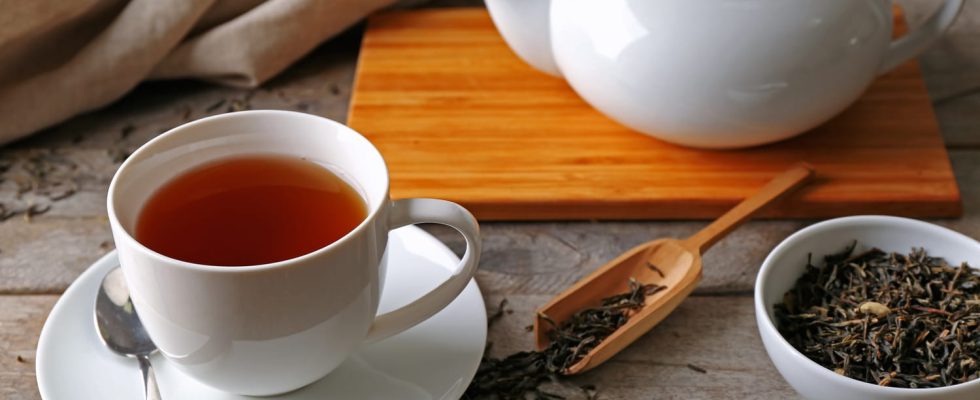Excelling at brewing tea isn’t really difficult, you just need to apply a few principles.
Tea is a very popular drink in France, but it must be admitted that the British are the indisputable experts. And when they talk about how to properly prepare this drink, it is wise to listen to them. Especially since some have developed unrivaled know-how. About it, the article by journalist Josh Barrie from the Telegraph is very interesting, she says she consulted the greatest tea connoisseurs to “establish the perfect formula, once and for all”.
First of all, it is crucial to give importance to the cup. Neil Smythn, supplier to Michelin-starred restaurants, indicates in particular that “old-fashioned stoneware, thick-walled” mugs are a good option, to “keep the tea hot for longer”.
But for Holly Grinstead, of Rare Tea Company, also cited by Josh Barrie, the porcelain is “second to none”, with a fine edge for a pleasant sensation on the lips. “It is also important to take into account the size: a 150 ml tea cup and saucer” are the most desirable, she adds.
5 points to respect
Next comes the actual technique of preparing the tea. Here’s what to apply for the perfect tea, according to Josh Barrie:
- 1/ Setting up the tea. The teapot prepared in advance with loose leaf tea is only necessary when you have people over, otherwise a tea bag does the job very well. Place the sachet firmly in a fine-rimmed bone china cup. A saucer is very chic and useful for placing the sachet.
- 2/ Adding hot water. Heat water until it simmers, but be careful: it must not boil! Wait a minute or two before pouring the water into your cup.
- 3/ The wait. Be patient, you need to let the tea steep for two minutes, this is non-negotiable.
- 4/ Removing the bag. You must use a spoon to press the sachet onto your cup before taking it out.
- 5/ Adding milk. An optional step, but very popular in England: add enough milk to obtain a color between caramel and bronze. Stir to ensure an even color.
Of course, there is another element to take into account: choose the tea you prefer. This time, no recipe or advice. This element is perfectly subjective and requires spending time tasting each major type of tea: black, green, white tea, darjeeling, sencha, gunpowder, rooibos… Discover the one that is made for you.
